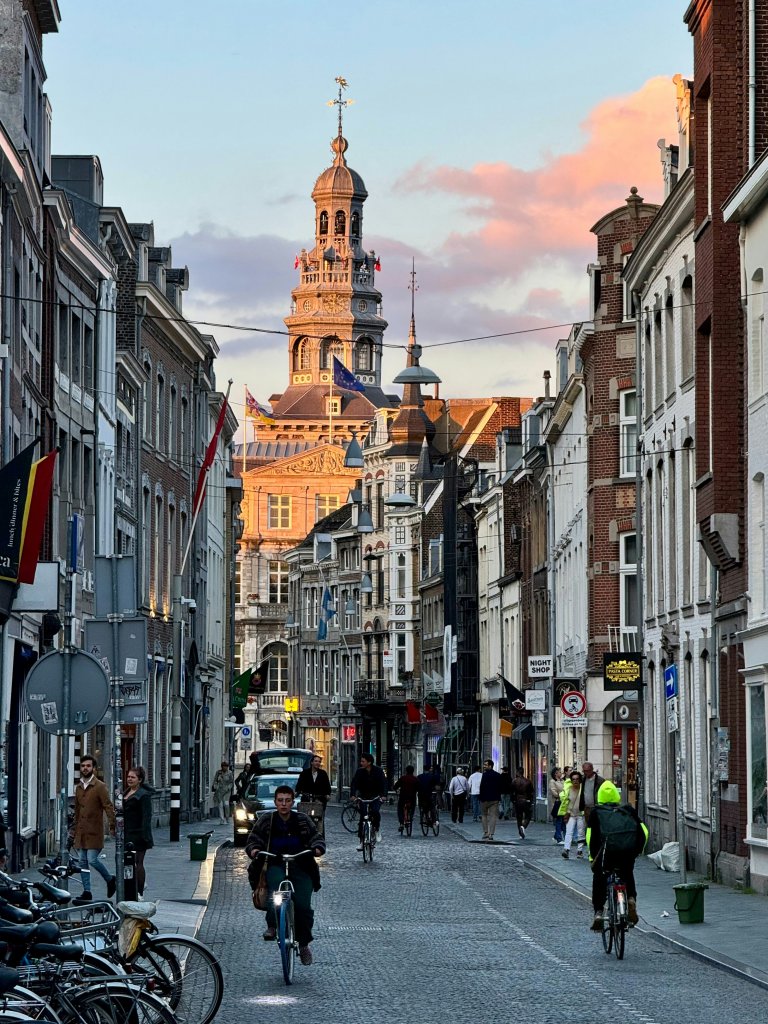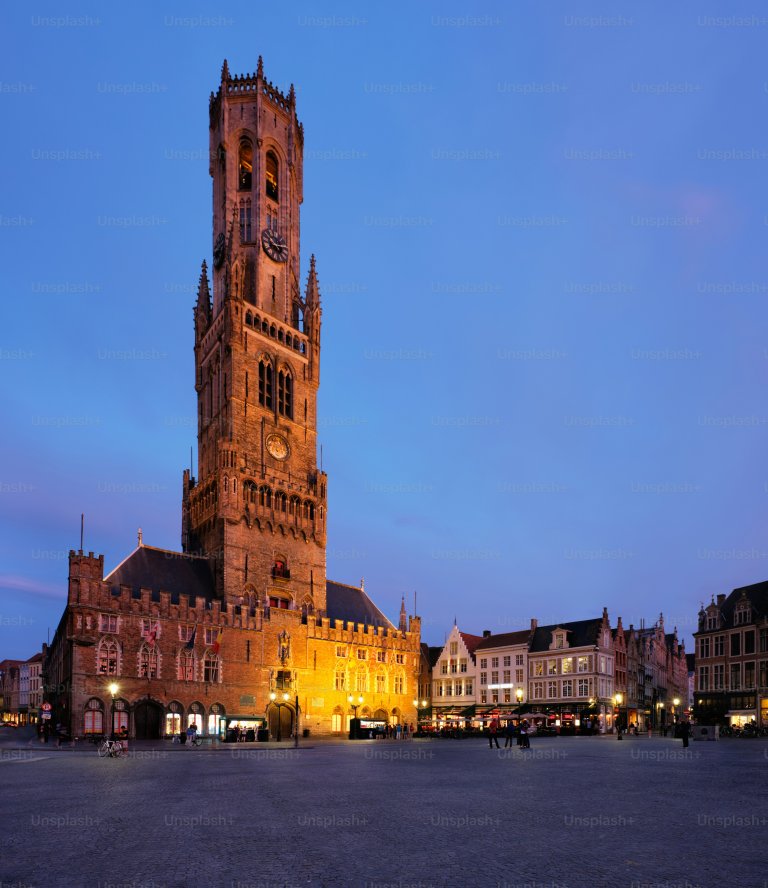Tour of Turkey
The Tour of Turkey, also known as the Presidential Cycling Tour of Turkey, is an annual professional cycling event held in Turkey. It was first organized in 1963 and became a part of the UCI World Tour in 2017. The race takes place over the course of eight days, covering different regions and cities in Turkey, and attracts some of the world’s best cyclists. It has become one of the most prestigious cycling events in the region, showcasing the country’s stunning landscapes, culture, and history.
History
The Tour of Turkey, previously known as the Marmara Tour, was first established by the Turkish Cycling Federation in 1963. The race initially consisted of a few stages around the Marmara region, but it soon expanded to cover more areas in Turkey. In 2011, the race was upgraded to a 2.HC status by the Union Cycliste Internationale (UCI), making it one of the most significant cycling events in the world.
In 2017, the Tour of Turkey joined the prestigious UCI World Tour, making it the first Turkish event to do so. This move further elevated the status of the race and attracted more world-renowned teams and riders. Since then, the Tour of Turkey has gained global recognition, reaching a larger audience and promoting Turkish tourism on an international level.
Route and Stages
The Tour of Turkey usually starts in Istanbul, the country’s largest city, and ends in the capital city of Ankara. The race covers various regions and cities in Turkey, including the Mediterranean coast, central Anatolia, and the Aegean region. The route changes each year, but the race always includes a few challenging mountain stages, offering a diverse and exciting experience for both riders and spectators.
The race consists of eight stages, with different terrains and lengths. Each stage presents unique challenges, with some being better suited for sprinters, while others favor climbers. The race also includes an Individual Time Trial stage, where riders compete against the clock, showcasing their individual strength and endurance.
Major Highlights
One of the major highlights of the Tour of Turkey is the beautiful landscapes and historical landmarks that the race passes through. From the stunning beaches of the Mediterranean coast to the mountainous regions of central Anatolia and the ancient ruins scattered around the country, the race offers a glimpse into Turkey’s rich culture and history.
Another highlight of the race is the intense competition between the world’s best cyclists. Each year, the Tour of Turkey attracts some of the top teams and riders from around the world, making it a highly competitive race. The race has seen previous winners such as Mark Cavendish, André Greipel, and Diego Ulissi, showcasing the caliber of riders that participate in the event.
Additionally, the Tour of Turkey plays an essential role in promoting cycling in the country and encourages fans to adopt a healthier and more active lifestyle. The race also supports various charitable causes, including promoting environmental awareness and supporting underprivileged children.
Impact
The Tour of Turkey has had a significant impact on the country’s tourism industry over the years. The race attracts thousands of spectators each year, both from within Turkey and from other countries, bringing in a boost of revenue for the local economy. The race also provides a platform for Turkish culture, history, and natural beauty to be showcased on a global scale, promoting the country as a top tourist destination.
Moreover, the race has contributed to the growth of the cycling community in Turkey. With the increasing popularity of the event, cycling has become more mainstream, and the government has also invested in building better cycling infrastructure in the country. The Tour of Turkey has also inspired more people to take up cycling as a sport and a form of exercise.
Conclusion
The Tour of Turkey is not just a cycling race; it is an opportunity to showcase and celebrate the beauty and diversity of Turkey. The event has grown significantly over the years, attracting top riders and teams, promoting tourism, and encouraging a more active lifestyle. The future of the Tour of Turkey looks bright, and it will continue to be a significant global event for years to come.



